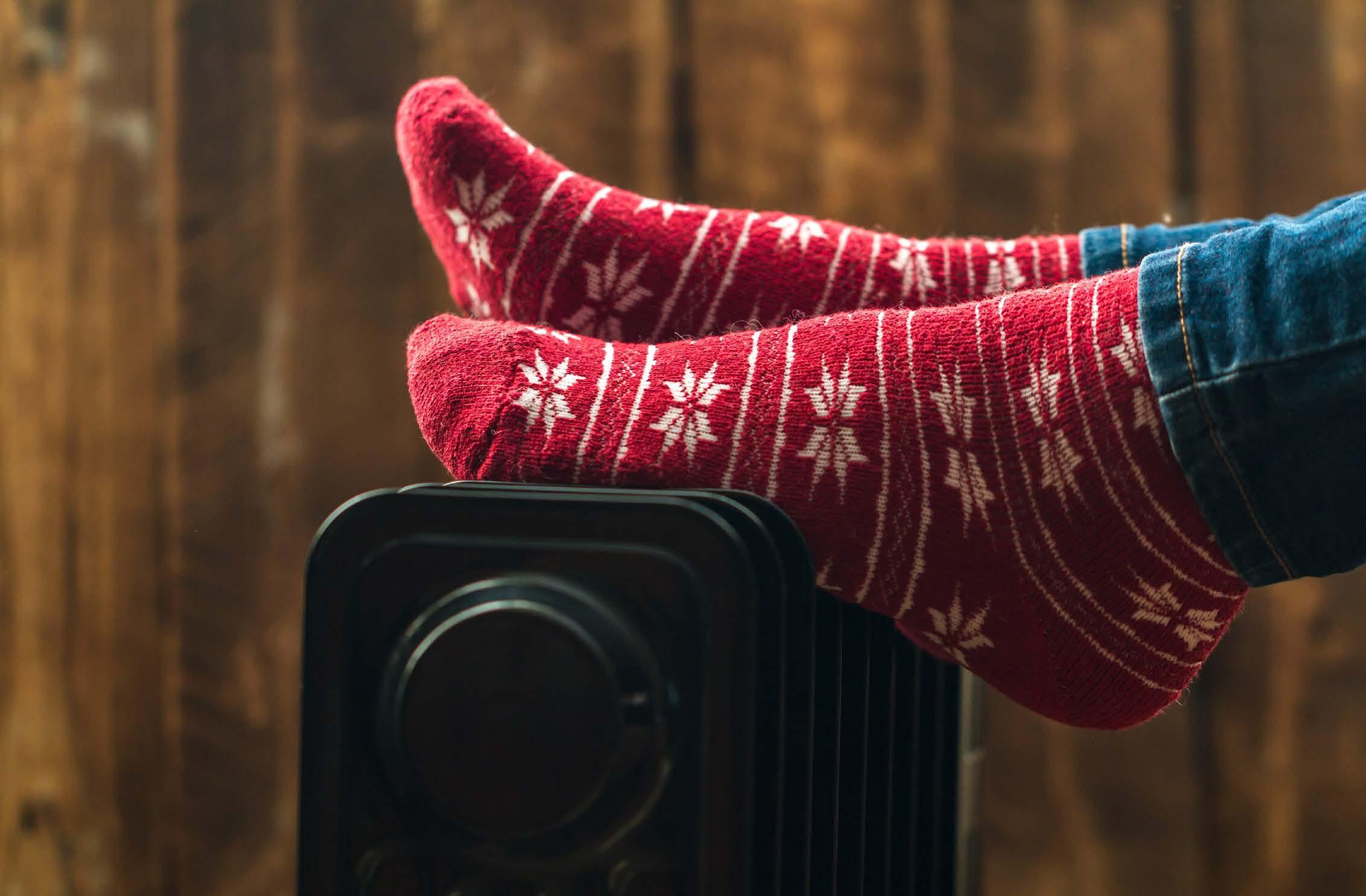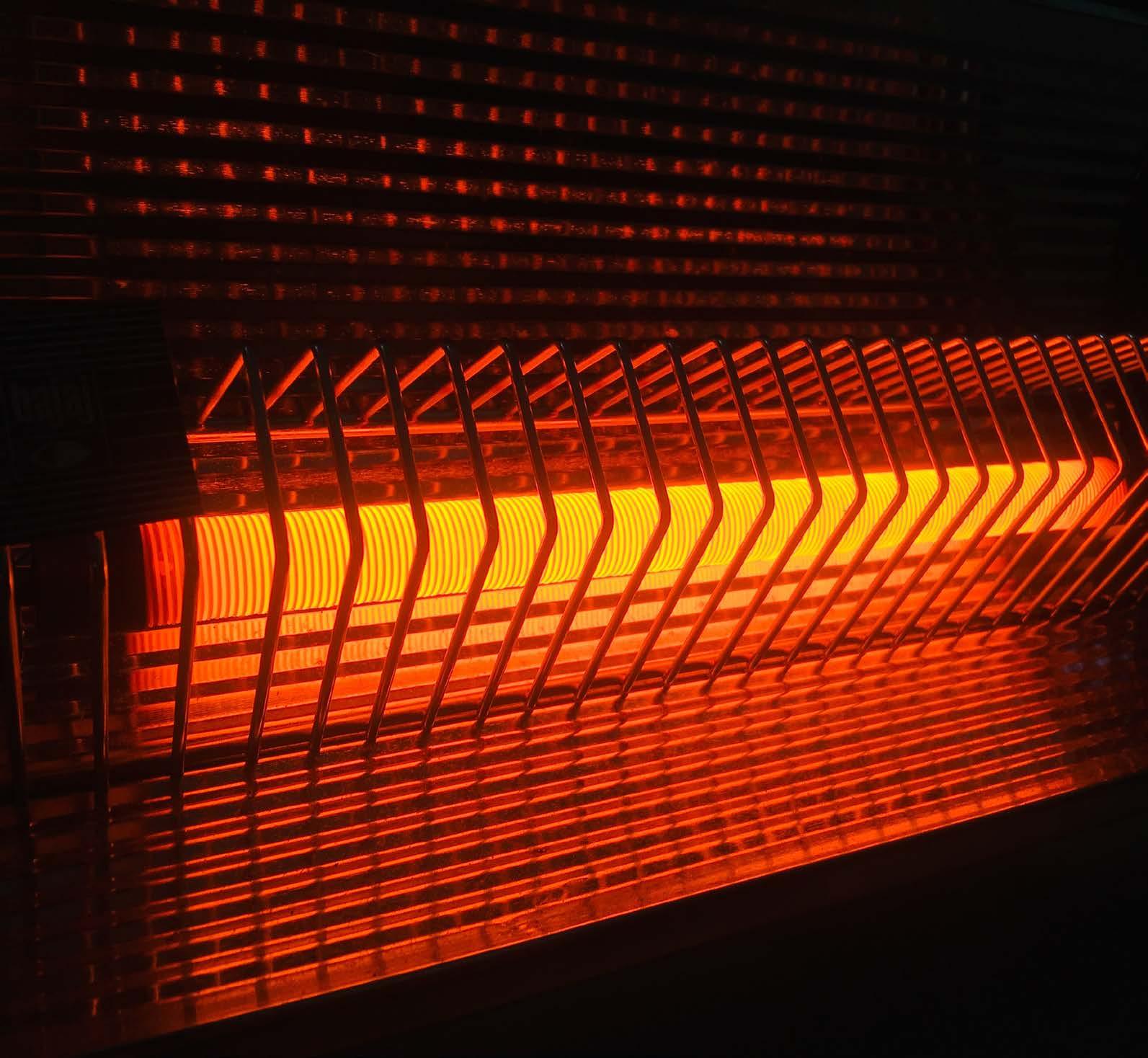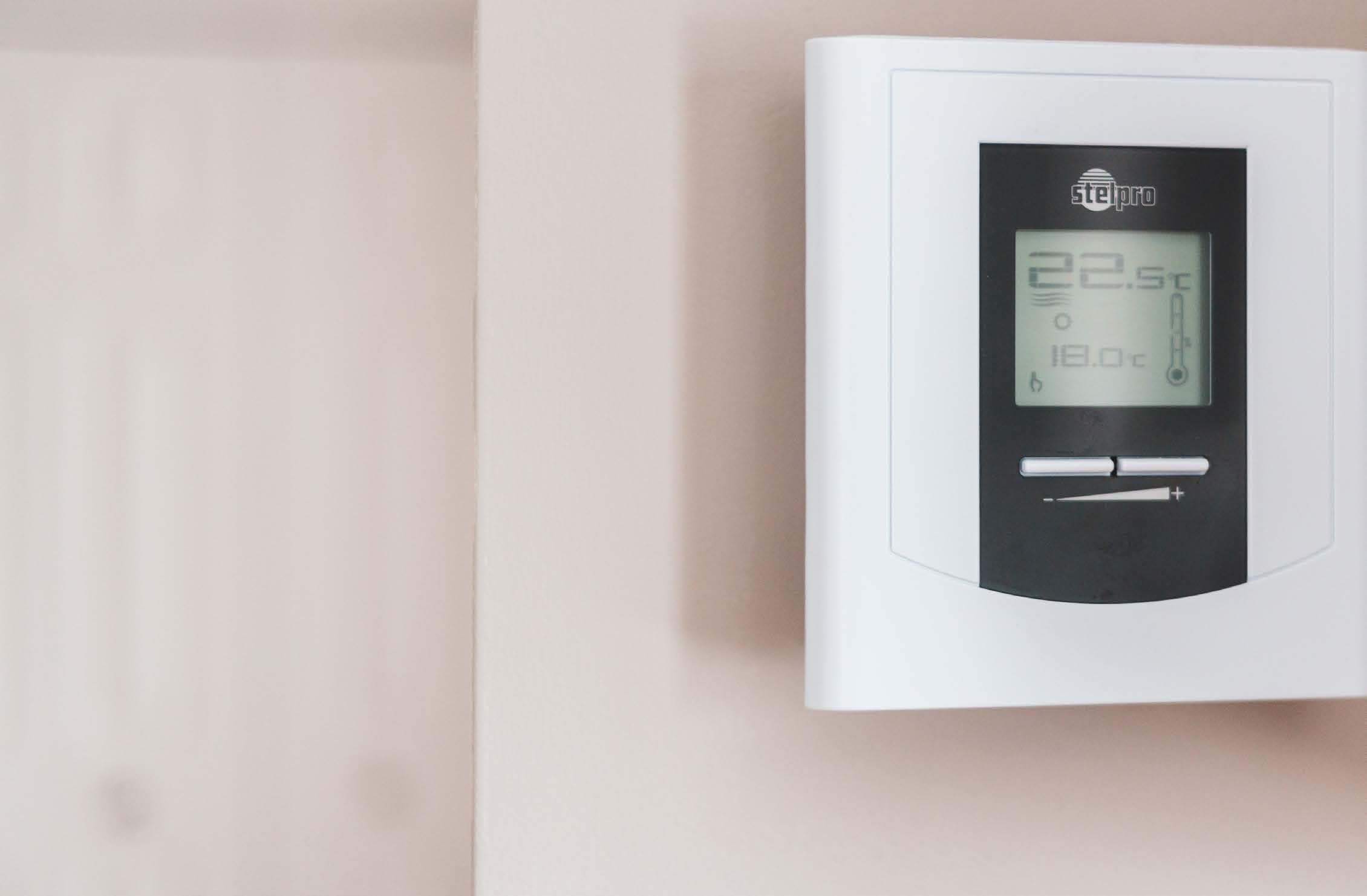
4 minute read
Hot Stuff
WORDS VIVIEN HORLER
With winter around the corner, the shops are showcasing all sorts of heaters to keep your home warm. How do you know which type is most efficient and economical? Home Improver did a comparison and came up with some pointers
Advertisement

Wood-fired stove
Pros: Extremely efficient at heating a relatively large space – and cheering. Relatively economical on wood. Cons: Expensive to install. You need to get the wood in; they are messy to clean.
Open fireplace
Pros: Cheering and romantic. Cons: Not very efficient – most of the heat goes up the chimney; they gobble up fuel and are messy to clean.
Oil heater
Pros: An oil heater is safe because the oil is sealed in the fins. The heated oil stays warm even after the heater is turned off. It is relatively economical and can be left on for longish periods, perhaps overnight in a nursery. Make sure you get one with a thermostat. Cons: Because the oil is slow to heat, an oil heater takes ages to heat a room. However, you can buy a combination fan/ oil heater, with the fan part warming the room quickly and the oil part maintaining the desired heat once it is achieved. These heaters are not very effective in large, open spaces.

Fan heater
Pros: It produces heat instantly, so the room warms up quickly. It is energy efficient if you need it on for a relatively short time. It is not expensive to run. Cons: These heaters are often noisy and produce an unpleasantly hot, dry heat. (You can get ones with a little water reservoir to prevent the air from drying out.) They need to be used well clear of chairs and curtains.

Infrared heaters
Pros: These heaters warm up objects, not cold air. They are quick to heat up and fairly cost effective. Cons: Because they heat things, and not cold air, you need to be sitting close to one to feel warm.
Wall-mounted panels
Pros: They make for a gentle heat and can be left on for hours – or even all winter. They are safe. Cons: A lot of heat goes into the wall. (But you can put foil behind them to reflect the heat back.) They take a while to warm up and don’t provide much heat.
Bar heaters
Pros: They quickly warm a room. They don’t cost much to buy. Cons: They need to be kept away from small children and are not very cost-effective.

Gas heaters
Pros: They quickly heat a room and their flames are cheering. They work during load shedding. Cons: The cylinders tend to run out of gas on the coldest of evenings – the trick is to have two cylinders so one is always full. Gas is expensive. Burning LPG produces carbon monoxide, so you need ventilation. The open flame can be a fire risk.
Underfloor heating
Pros: Underfloor heating provides consistent warmth in a room. It takes up no space. Cons: It takes hours to heat up – it has to warm the floor and tiles or carpet before it can start to heat the air in the room. This makes it the most expensive choice.
OTHER TIPS FOR STAYING WARM
• Heat only the rooms you’re using.
• Shut internal doors to keep the heat in.
• Keep curtains open during the day to let the sunshine in, but draw them snugly at night to prevent heat being lost through the windows.
• Stick foil behind wall-mounted heating panels to prevent heat being absorbed by the bricks.
• If you have a ceiling fan, switch it on to low. This will recirculate the warm air that has risen to the ceiling.
• Warm your bed for about half an hour before bedtime with an electric blanket. This does not use much electricity, as long as you switch it off when you get into bed.
• Wear warm clothes and slippers.

ESKOM reckons about 50% of warm air in a house is lost through the ceiling. This means one of the most costeffective solutions to keeping your home warm is to insulate the ceiling. (This helps to keep the home cool in summer too.) This is a relatively inexpensive job and can be done by a DIYer. You can buy the insulation at hardware shops.










